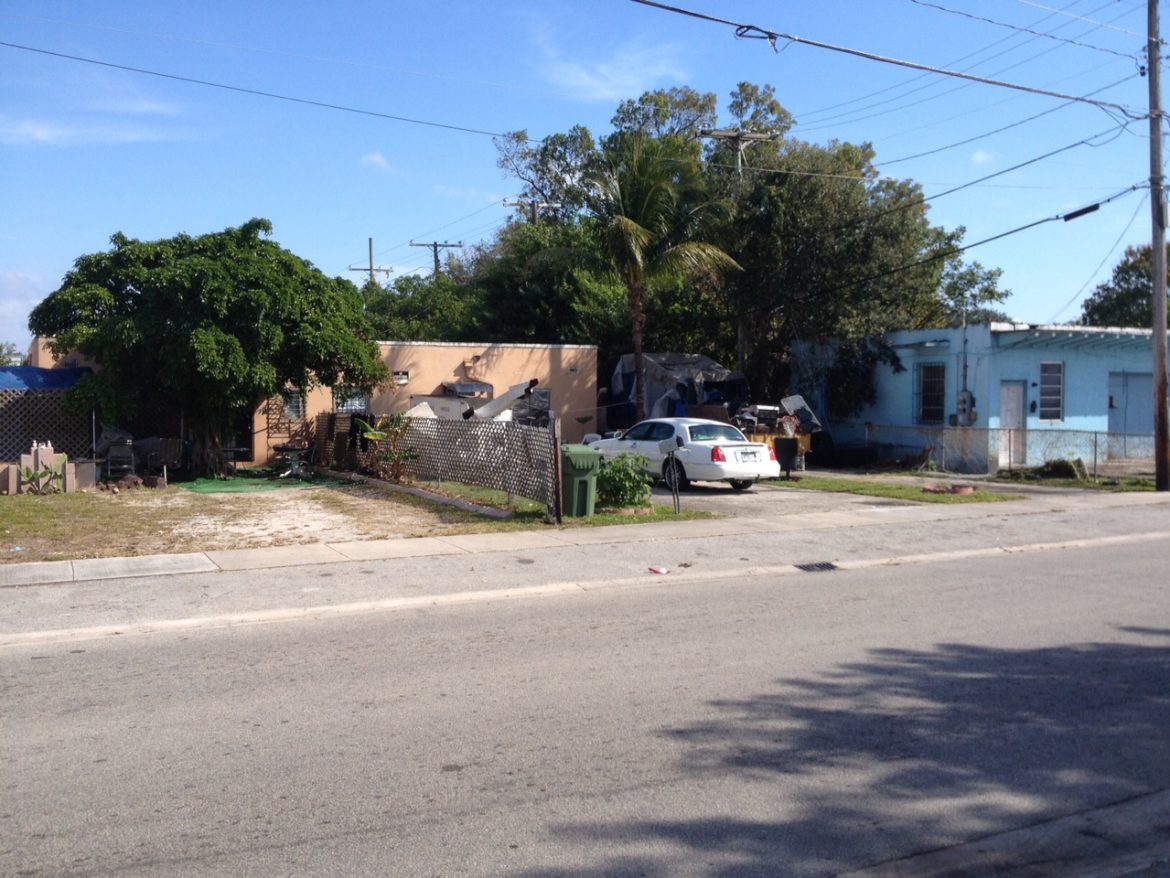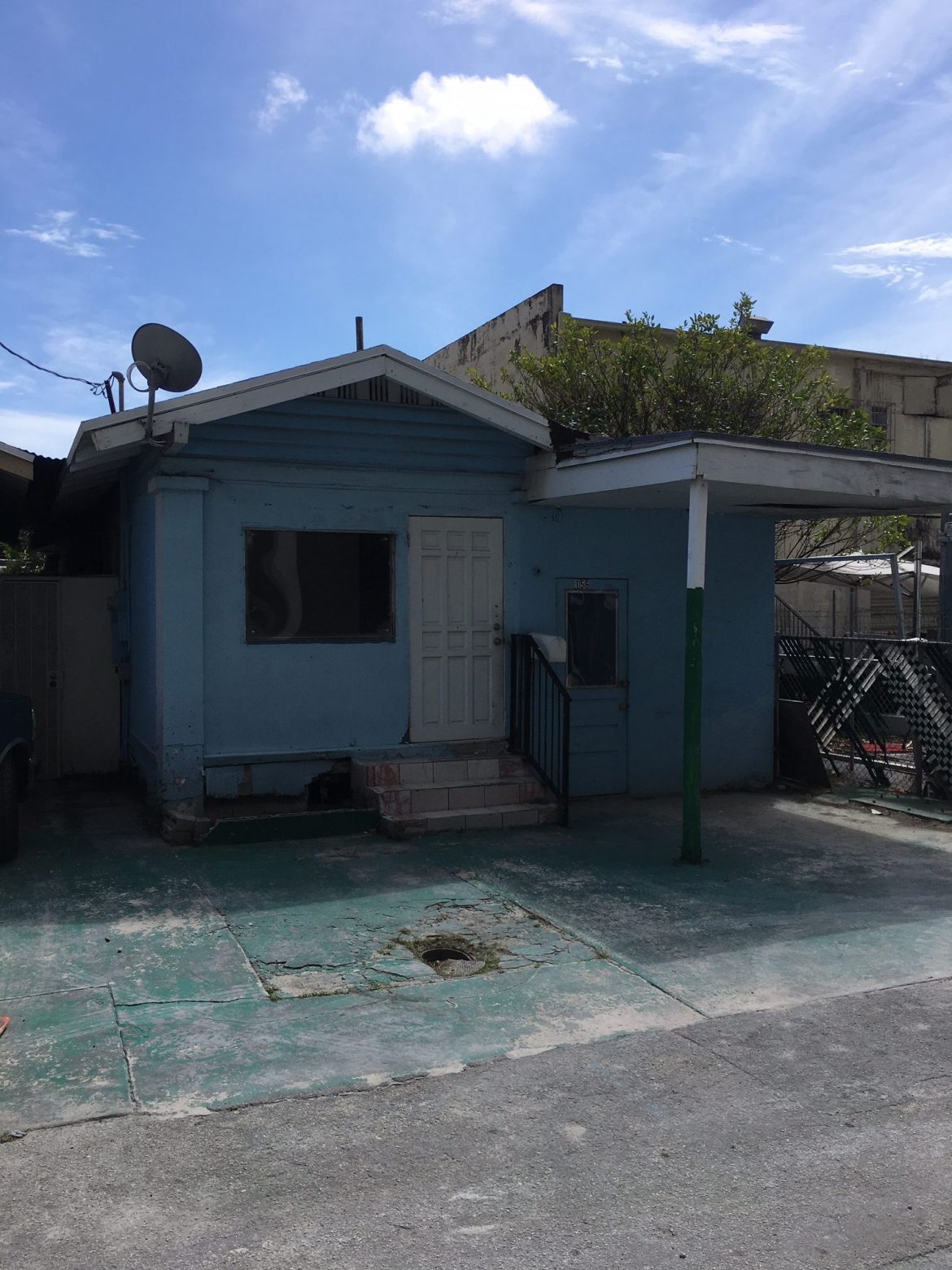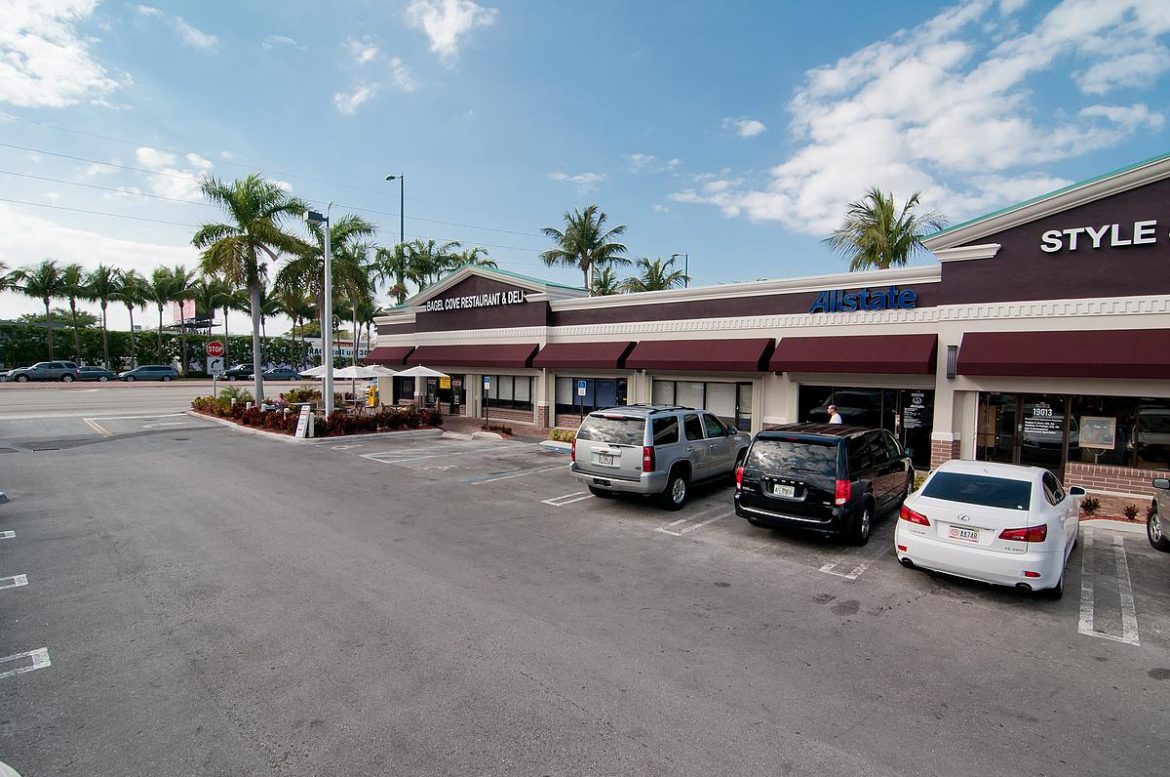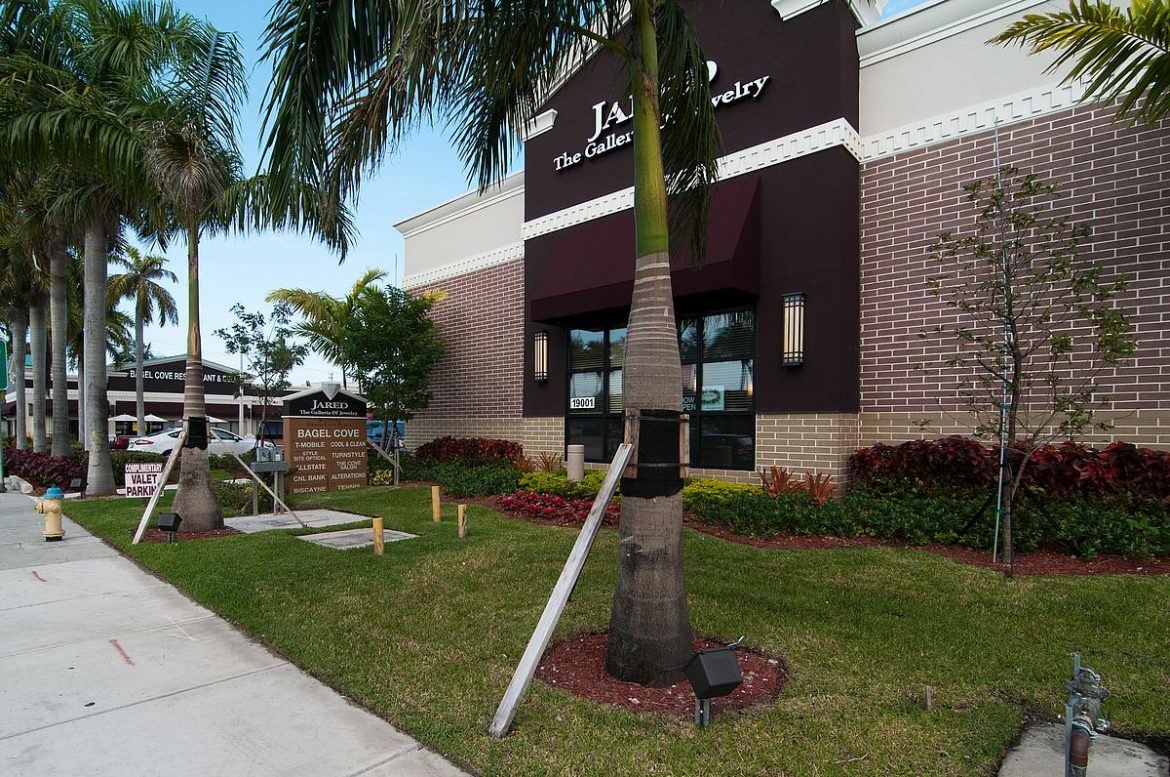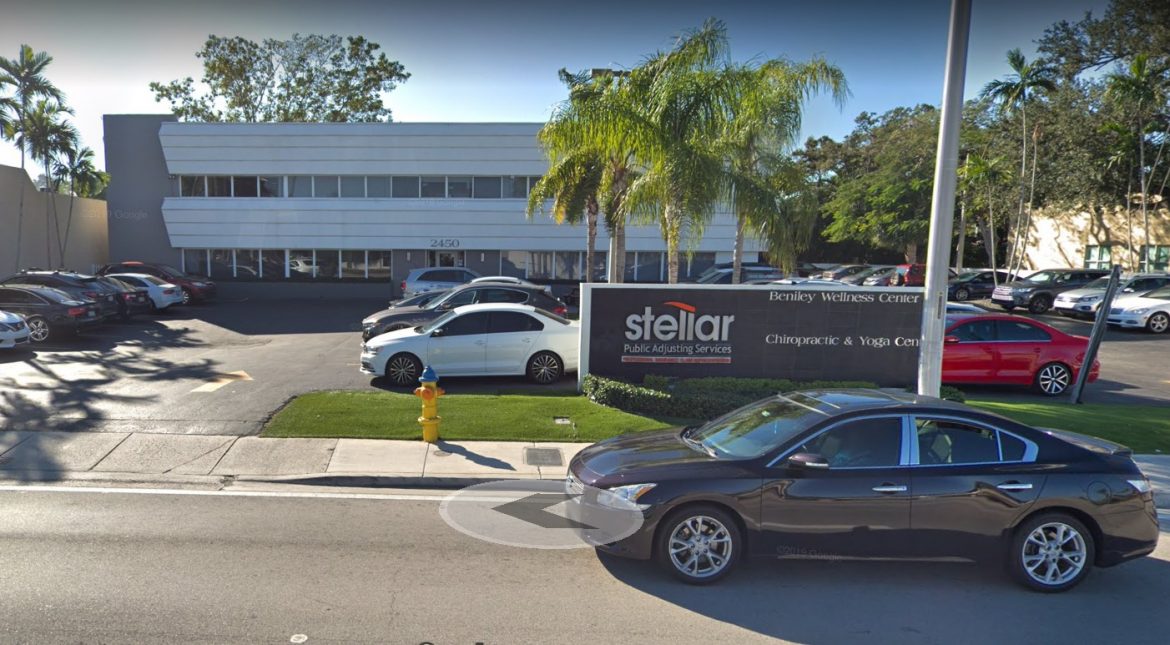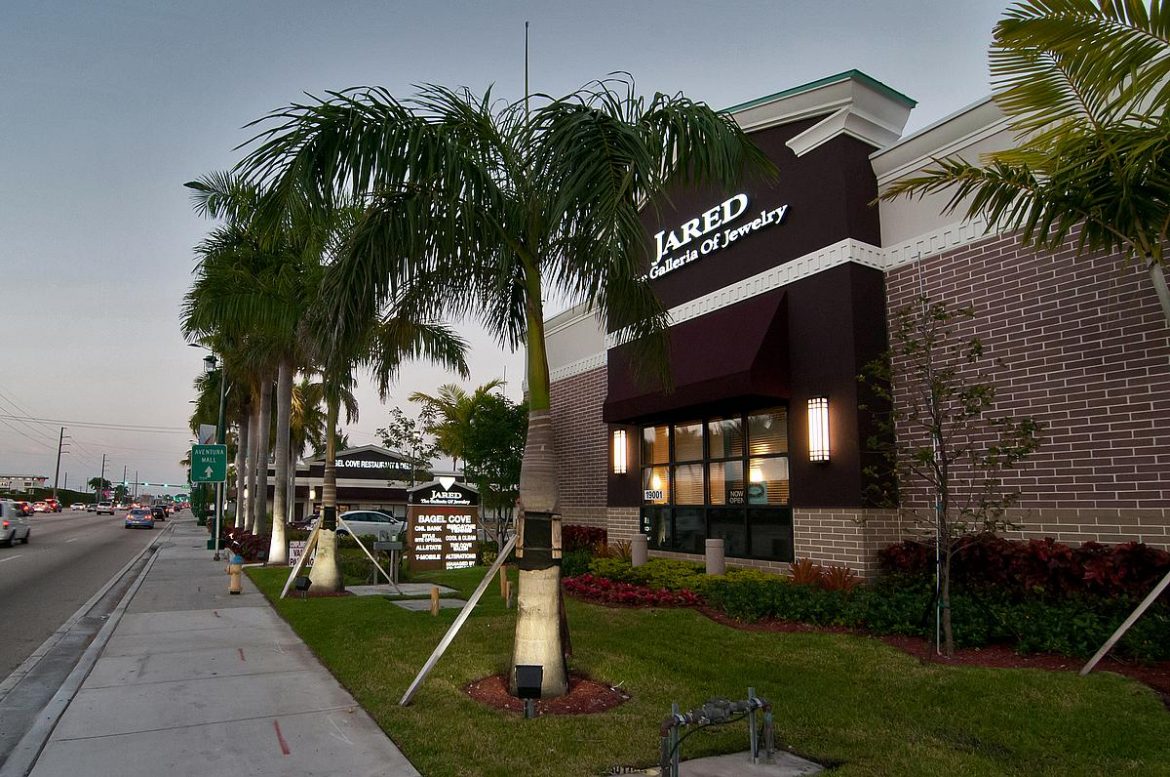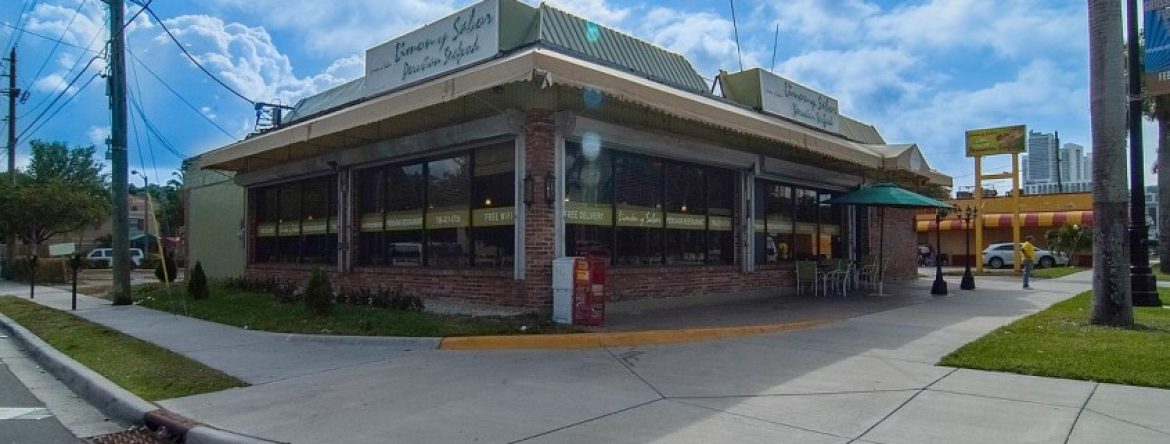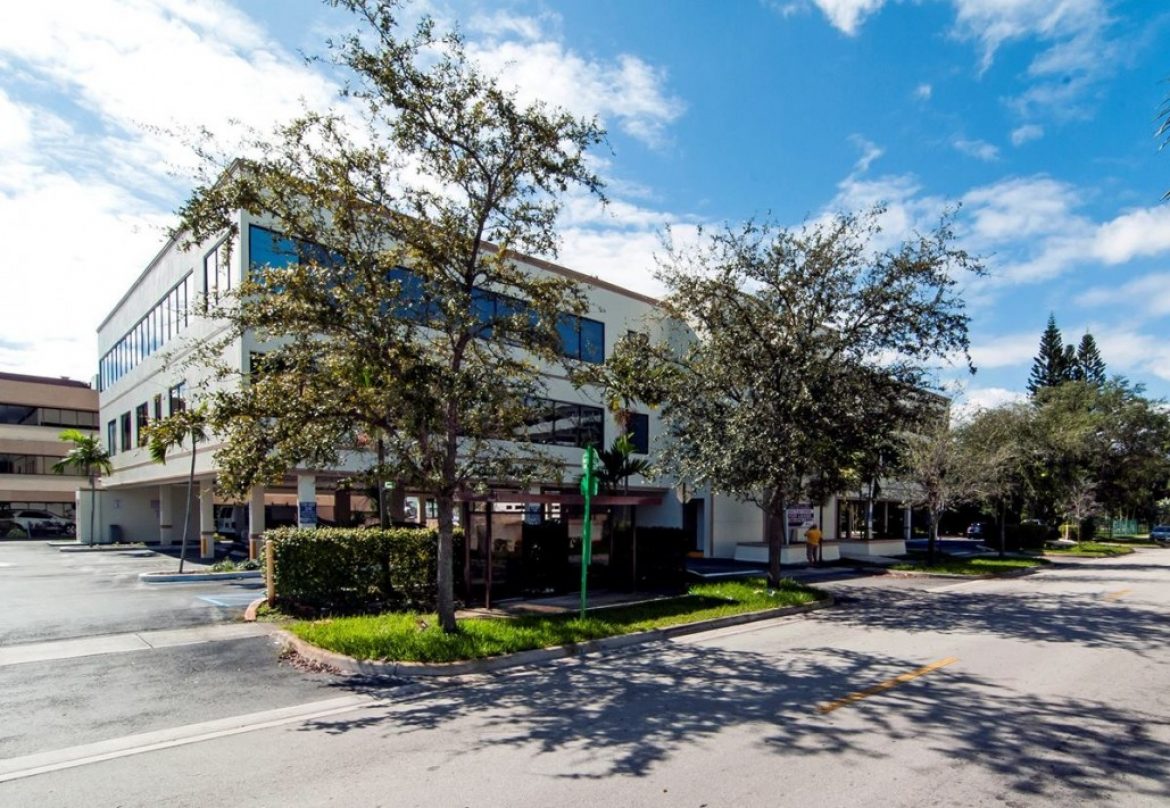The pivot quietly began five years ago.
Back then, construction cranes dotted the downtown Miami skyline like the towering alien invaders in Steven Spielberg’s “War of the Worlds.” The real estate industry had recovered from the 2009 recession and was bouncing back hard. Thousands of condos — many of them priced way beyond the reach of local residents — were being delivered or built, completing Brickell’s transformation from office district to dense residential neighborhood.
But Steve Patterson, president and CEO of Related Development, the multifamily rental arm of the Related Group, saw a different picture altogether and started buying up land outside of Miami-Dade.
“I was hired by Jorge Pérez [chairman and CEO of the Related Group] right at the trough of the recession to reactivate the company’s market-rate rental division,” he said. “We like to put the pedal to the metal during a downturn, because costs are lower and the quality of our product is better. There is some softness in the condo market now, and we feel it’s the perfect time right now.”
The Related Group is best-known for its luxury and market-rate condo towers, with an estimated 80,000 condos built, the bulk of them in Miami-Dade. But with a glut of unsold condos dragging down that market, the company is shifting gears and invested $2.3 billion for a wave of apartment rental buildings — both affordable and market-rate — in Miami-Dade and cities such as Tampa, Orlando, and Fort Myers.
This year alone, the company has delivered 3,053 market-rate and 719 affordable/mixed-income rentals in Lantana, Palm Beach and Orlando, including another 204 units in the ongoing $300 million Liberty Square renovation project, which unveiled the completion of its second phase on Friday. Phase I, which opened in July 2019, brought another 204 affordable and workforce units online.
In the pipeline are another 6,772 market rate units in cities including Fort Lauderdale, Phoenix, Atlanta and Jacksonville, all due to break ground between now and the summer of 2021. Another 3,576 affordable and workforce units in mixed-income developments built with the support of local government and federal subsidies are under construction, most of them in Miami-Dade. They include the 120-unit Brisas del Este in Allapattah and the 150-unit Gallery at River Parc in Little Havana.
Related still has more than 1,500 condos under construction or in development in cities such as Fort Lauderdale, Tampa, Sanibel and Jacksonville, but none in Miami-Dade
According to Patterson, all major banks are continuing to provide real estate funding, including Related’s projects. But lenders are being more conservative than in years past, and backing for condominiums is much tougher to secure than that for apartments — another motivator for the company’s pivot to rentals.
Because of the glut of apartment rentals built over the last couple of years in the downtown urban core — nearly 6,000 units since 2014, according to the Downtown Development Authority — Related is steering clear of that area except for one project: The first of three planned towers at 444 Brickell, a four-acre site the company bought in 2013 for $104 million, will be a 40-45 story tower with 500 apartment rentals. Groundbreaking is scheduled for first quarter of 2021 and will take 30 months to complete. In total, the company has 1,500 condo units in the pipeline in Florida, Brazil and Cancun, Mexico.
A NATIONAL TREND
Related’s switch to apartment rentals is a continuation of a national trend that’s been happening for the last few years.
“The biggest driver of apartment construction is the home ownership rate,” said Gerard Yetming, executive managing director of the Urban Core Division of Colliers International. “Home ownership peaked in 2005 at 69% and it’s been trending down every year. So it makes sense there would be a growing demand for rentals and that Related is pushing into that area. The question is will it be a long-term trend. What you’re seeing right now is really just a result of big economic trends that are cyclical.”
Over the last 20 years, home ownership in the U.S. peaked in 2005 at 69%, according to Statistica, and hit a low of 62% in 2015. The percentage inched back up to 65% in 2019. But the U.S. population also grew during that time, from 296 million people to 328 million in 2019.
“The government created the notion that owning a home was the American dream,” Patterson said. “It proved to be beneficial to most people who bought homes until we saw the spike in prices in the last cycle. A lot of millennials saw their parents lose a lot of money.”
The housing bubble burst in 2008, when the bottom fell out of the real estate market, resulting in 2.3 million foreclosures and a loss of $2 trillion in home values in that year alone.
“Timing is everything,” he said. “If you don’t have the flexibility to buy and sell a home at the right time, you are not necessarily going to make a profit. People no longer see home ownership as the only way to creating true wealth.”
Home prices have also risen so much — the median sales price of homes in Miami-Dade is at an all-time record high of $425,000 — that many would-be buyers are shut out. Condo median sales prices are at a more attainable $275,000, but a lot of that inventory is older. The median household income in Miami-Dade, meanwhile, remains at a stagnant $52,205.
According to the National Multifamily Housing Council, a Washington, D.C.-based advocacy group, the number of new completed apartments around the U.S. in 2019 hit 474,446 — the highest since 1989. In Florida alone, 51,339 new apartments were built in 2019 — second only to Texas, with 76,440 — at a total value of nearly $7 million.
“Apartments are the right avenue for [Related] right now, because who knows what’s going to happen with the condo market,” said Rick Jones, president of the Georgia-based Caliber Living, which specializes in property management of rental properties.
“During the last downturn, condos got hit really hard and people were surprised how quickly they were able to rebound,” Jones said. “But right now, due to COVID and the economy, we’re on the edge of this cliff looking down, and doing multifamily [rentals] is a safer bet if you’re going to be in the real estate game.”
THE COVID FACTOR
The pandemic has also been a driver in the apartment arena. Although many renters have stayed put in their current homes, many are struggling to pay their rent due to unemployment and business closures. The flood of out-of-towners fleeing dense cities such as New York also has been renting apartments, either as a temporary relocation or a way to try out Miami living before moving here. Some brokers report a growth of 25% in out-of-towners looking to rent.
“One of the things that’s happening in this marketplace is that while people are more reluctant to purchase a condo in a high-rise, they don’t seem to be that afraid of renting in a high-rise,” said Bruce M. Goldstein, founder and CEO of the Fort Lauderdale-based BMGA real estate development and brokerage firm. “Maybe it’s less of a commitment. But rental projects around the country are very buoyant. While the focus for most developers is new condos, most of them that I know are talking about how many unsold units they have. When I ask them what are you doing now, the answer, without exception, is multifamily.”
Richard Swerdlow, founder of the online brokerage condo.com, said he has seen a 15% increase on rental inquiries instead of sale inquiries.
“It’s a cyclical shift,” he said. “Once you have so much condo inventory available, the dollars start to shift to products where there’s higher velocity.”
AFFORDABLE HOUSING
Affordable and workforce housing form a big chunk in Related’s new focus on rentals, even though many developers shy away from that arena because of the complexities of land rights, financing, tax credits and government approvals. Experienced as it is, even Related has come under scrutiny. In 2017, the firm was the subject of a federal investigation as part of a broad effort by the U.S. Attorney’s Office to probe fraud and abuse in projects subsidized by city money. But the investigation, which focused on an affordable housing building for seniors in Shenandoah, revealed no wrongdoing.
Albert Milo, president of Related Urban Development Group, the company’s affordable housing arm, says the firm’s long experience in the field gives them an advantage over other developers. (Jorge Pérez, who founded the company in 1979, began by focusing on building and operating low-income housing.)
“Because of our financial strength, we have access to all of the national lenders and all of the different programs and equity providers,” Milo said. “We were the first developer to use tax credits through an Opportunity Zone and mix that with institutional debt. A lot of people just follow the path of status quo. We approach things a little different. You have to be able to use that financial creativity to get these deals.”
But just because Related is focusing primarily on apartments now doesn’t mean the core of the company is changing.
“It’s important to emphasize that Related is made up of four divisions [condos, affordable housing, market-rate rentals and international],” said Jon Paul Pérez, who succeeded his father Jorge as president of the Related Group on Oct. 21.
“At any one time, depending on the market, one division may be more robust than the other. Five years ago, the condo division was more active because everyone was buying condos. We are a very well-diversified company so when one product type is not having the best market, the other one picks up the slack. We’ve diversified.”
Source: Miami Herald


